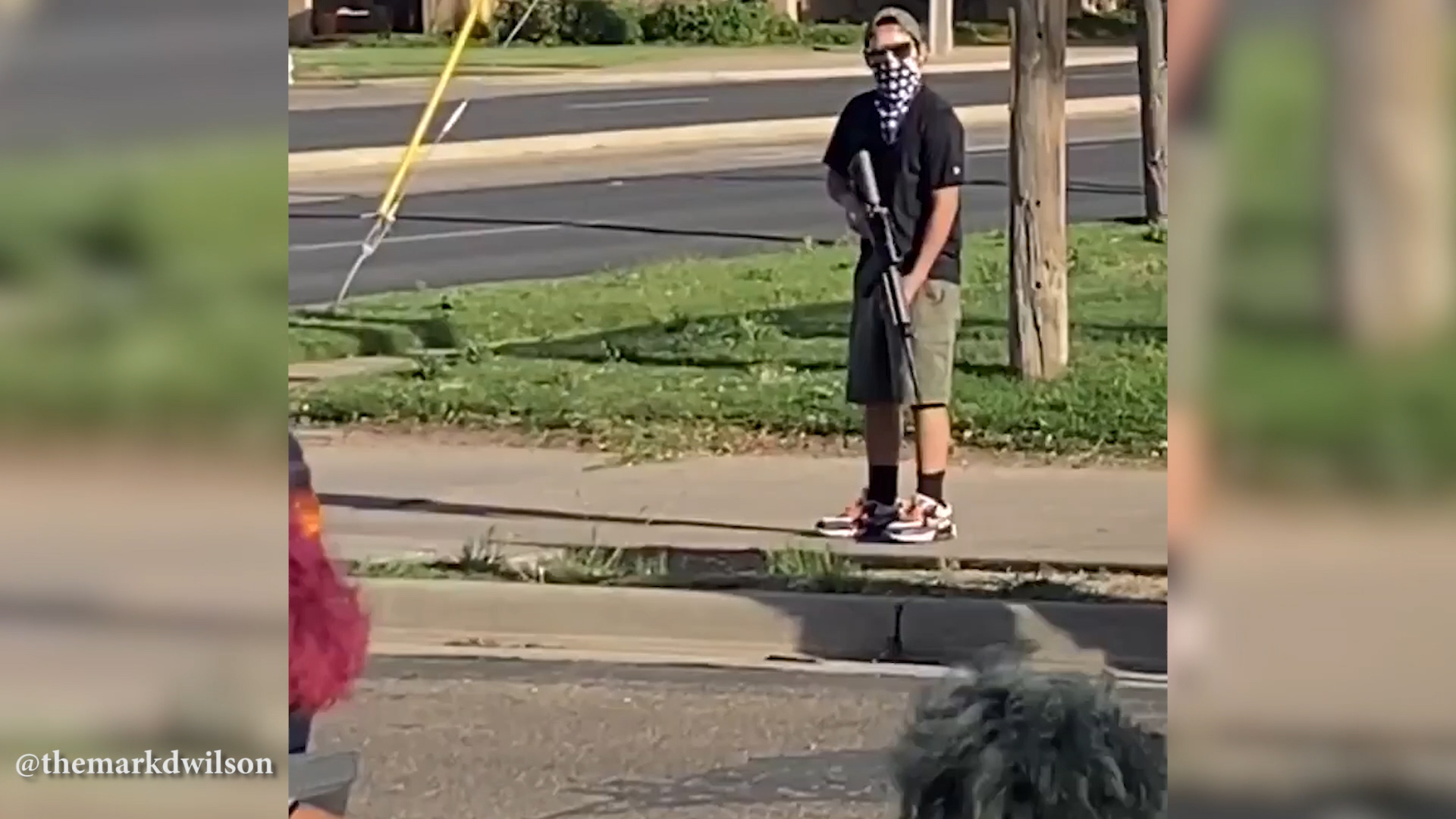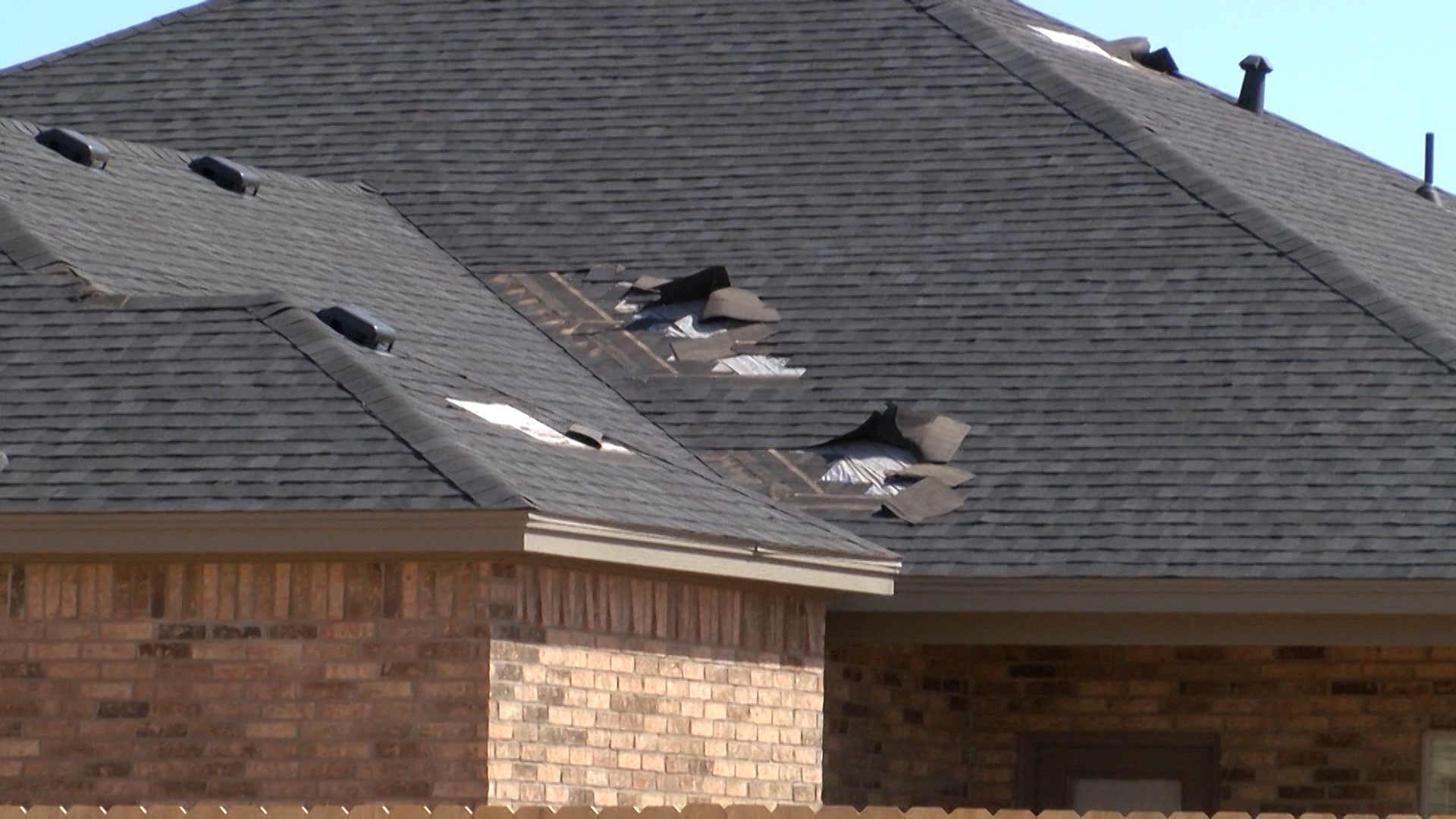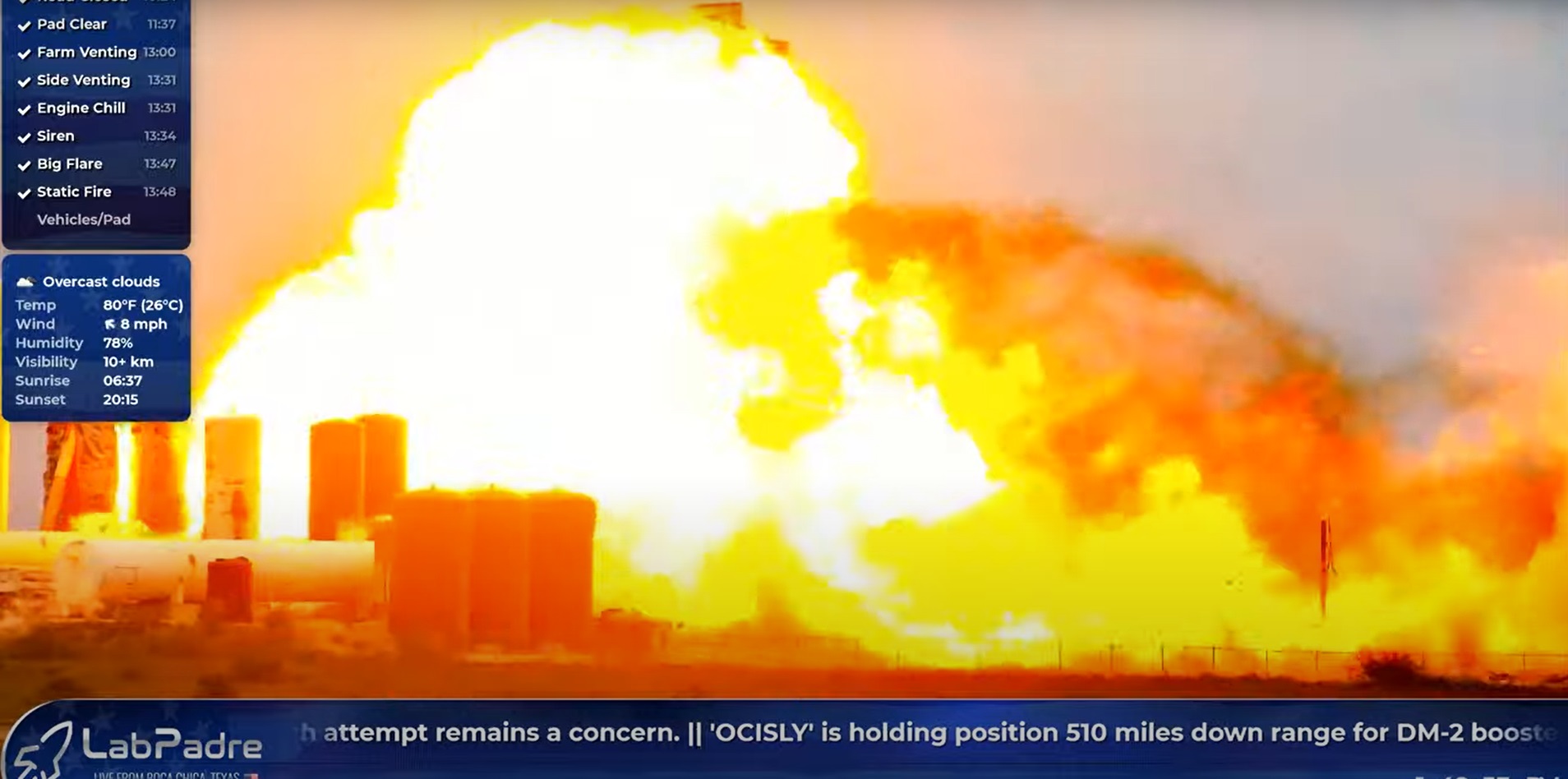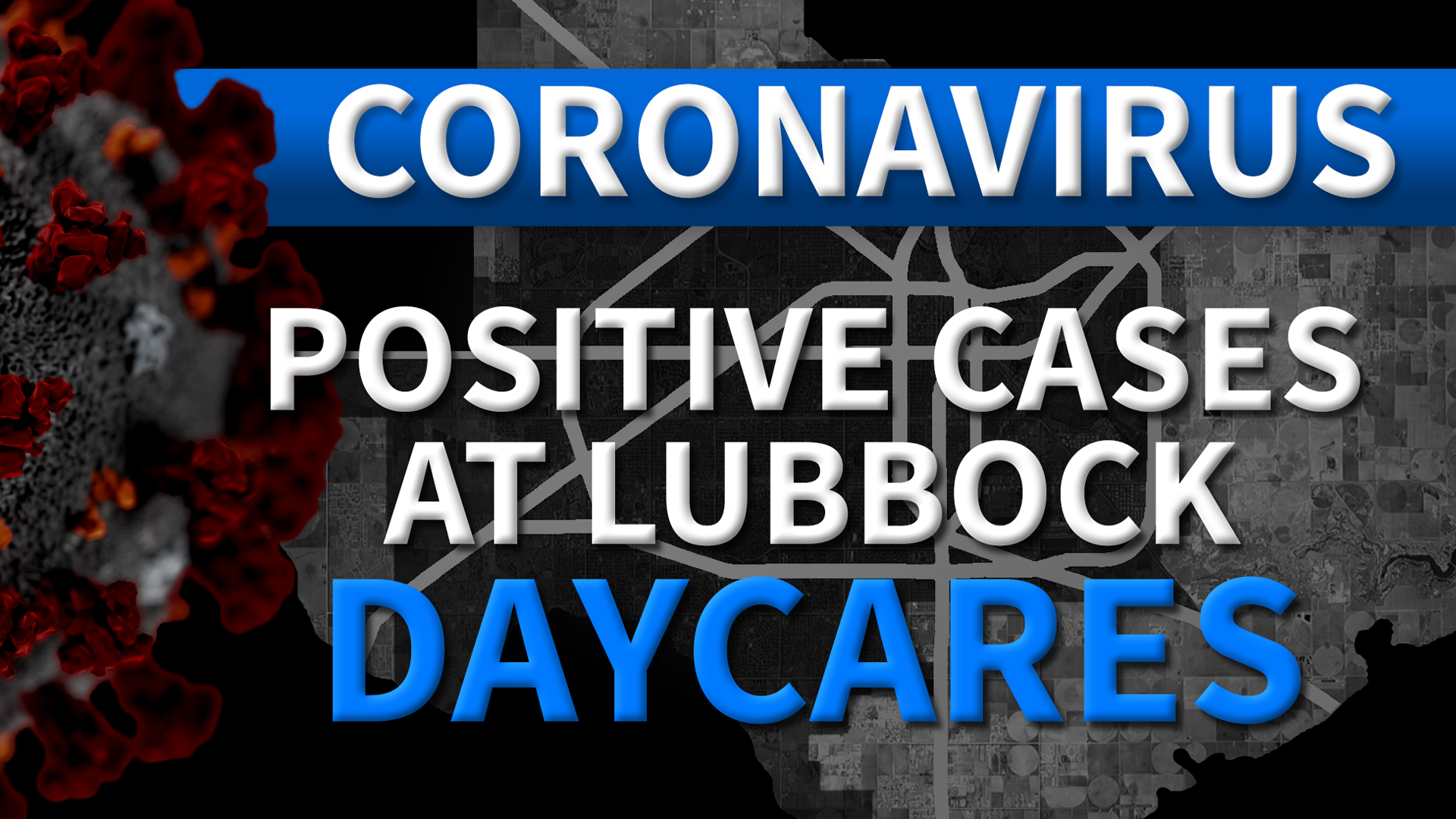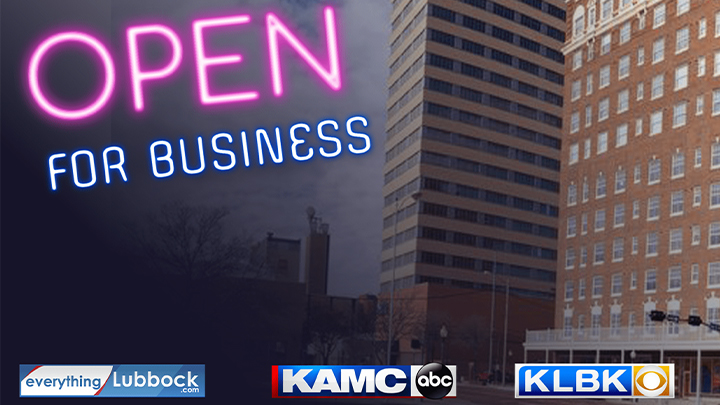AUSTIN (KXAN) — The ink on the piece of paper outlawing red light cameras in Texas is barely dry. But that isn’t stopping an effort by The American Automobile Association, known as AAA, from making the case for resurrecting the cameras in the Lone Star state.
In a report released today, the private non-profit lists what it calls “best practices” for a new call for the state to lift the red-light camera ban. AAA, citing recently released red light intersection crash death totals, thinks the cameras could save lives.
An analysis performed by AAA shows 939 people died in red light crashes across the nation in 2017. Those are the latest numbers available, according to the group. That’s a 28 percent increase since 2012 and a 10-year high, according to the report.
The report also claims Texas ranks in the top 10 for the total number of red-light running deaths with 971 people dying in those type of crashes between 2008 and 2017. The AAA report shows an average of 97 people die each year in Texas—a state with a population of 28.7 million people, according to the U.S. Census Bureau.
“We’re certainly advocating for red-light cameras when they’re used responsibly,” AAA spokesman Daniel Armbruster told KXAN, “Of course, it’s up to the legislators how to do this and how to implement the programs.”
On June 1, Governor Greg Abbott signed a bill banning red light cameras. The bill passed the House with a vote total of 109 to 4 and the Senate with a 25 to 6 vote.
Lawmakers passed the ban despite multiple law enforcement agencies with red light cameras arguing the camera systems improved the safety of those intersections.
The law that allowed cities to use red light cameras to ticket and fine red-light runners contained several steps cities must take before installing red light cameras. That law included each of the six “best practices” the AAA report listed in its recommendation to local governments for “responsibly” using the camera systems.
Our 2017 investigation into cities with red-light cameras found only three of the 60 cities that had a red-light camera system followed the process laid out in the Texas Transportation Code before a city could legally install a single red-light camera. That investigation also found the City of Austin did not perform the required engineering/safety study the law required cities to perform before issuing any tickets.
The city of Austin’s red-light camera intersection crash data filed with the Texas Department of Transportation also showed most of the crashes that happened at the city’s camera intersections had nothing to do with the red light.
Overall, the number of deaths caused by red light runners in Austin is low. In 2018, 74 in traffic deaths in the city with four of those deaths coming as the result of someone running a red light, according to Austin Police Department crash data.
Since 2015, 318 people died in Austin Police Department-investigated crashes in the city; with 21 people dying in red-light running crashes, according to APD’s fatality database.
Despite the fact the numbers AAA relied upon in its report were compiled during the entire time the state had red light cameras, the group thinks the cameras can still make a difference, “You have to follow those best practices and that’s not to say the state of Texas wasn’t, but making sure you are looking at this and going back and making sure law enforcement is involved in the program, they’re being monitored by law enforcement and these intersections are intersections that have been proven where these crashes have increased or shown to be dangerous,” Armbruster told KXAN.
The City of Austin’s police department had detectives reviewing each violation to confirm the violation before the private camera company would mail the vehicle owner a ticket. The city said detectives would earn overtime pay to review the photographic evidence from home each week.
One recommendation AAA made in its report was for cities to evaluate “the programs on a periodic basis to ensure safety benefits are being realized.”
Our 2017 red light camera investigation found the City of Austin never moved any of its nine red light cameras from the intersections where they were first installed when the city started issuing red light camera tickets in 2009.
The red-light camera located at the Wells Branch Parkway and MoPac Expressway had issued only 131 red light camera tickets at the time of our investigation. The city kept that camera—along with the others—in the same place for a decade.
Since 2009, the city of Austin issued 100,129 red light camera tickets, according to Austin Municipal Court records.











